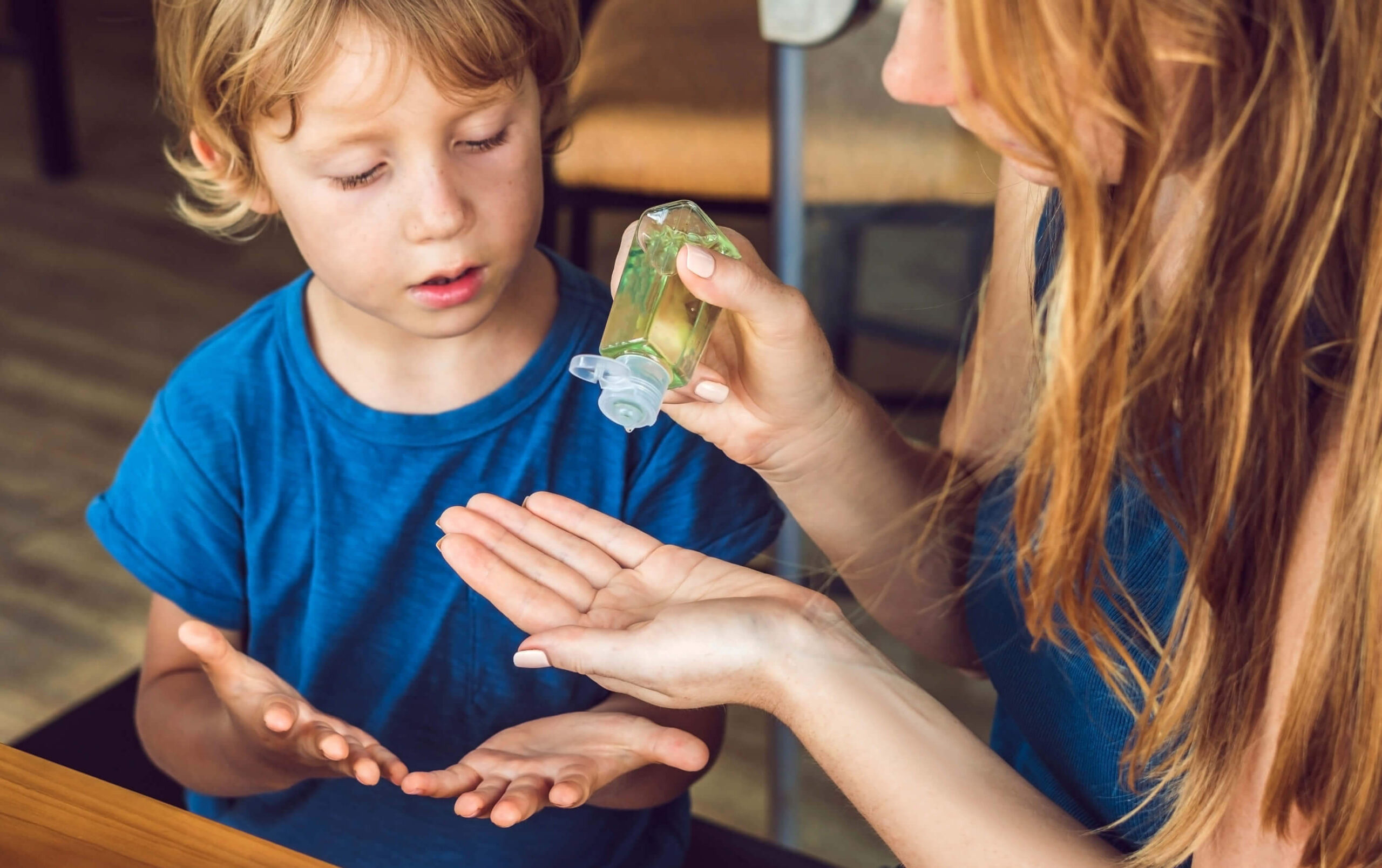School & Childcare Guidance and Resources

Program Overview
This program aims to provide schools and childcares with infection prevention practices that best reflect the most recent, up-to-date standards to protect the health of students and staff by reducing the spread of disease.
Schools and Early Childhood programs are hotbeds for communicable disease (CD) transmission. Because children’s immune systems are often untested against foreign pathogens, children may play the role of a susceptible host for many CDs. The Infectious Diseases in Childcare Settings and Schools Manual is designed to provide specific disease prevention and control guidelines in childcare settings and schools. This manual contains fact sheets for parents/guardians and providers, exclusion guidelines for staff and children, disease prevention guidelines and much more.
Mpox virus can infect anyone, including children, if they have close, personal, often skin-to-skin contact with someone who has mpox. Although it is less common, mpox may also spread by touching contaminated objects (such as toys and eating utensils), fabrics (clothing, bedding, sleeping mats, towels, etc.), and surfaces that have been used by someone with mpox. This guidance is based on CDC and AAP recommendations and should serve as a guide to help school program administrators support safe learning while managing the spread of mpox.
Outbreaks of gastroenteritis in schools are not uncommon. Viruses cause most outbreaks of gastroenteritis and are almost always transmitted person-to-person, by contaminated surfaces or, occasionally, by contaminated food. These outbreaks can be detected early by recognizing the typical symptoms of illness an can be controlled by taking specific steps to prevent the virus from being transmitted person-to-person. This guidance provides details on viral gastroenteritis symptoms, how it is spread, how it is diagnosed, how an outbreak can be identified and controlled and much more.

Data
Nevada’s Authority on Epidemiology
Access up-to-date data on all active infectious diseases reported in Nevada.

